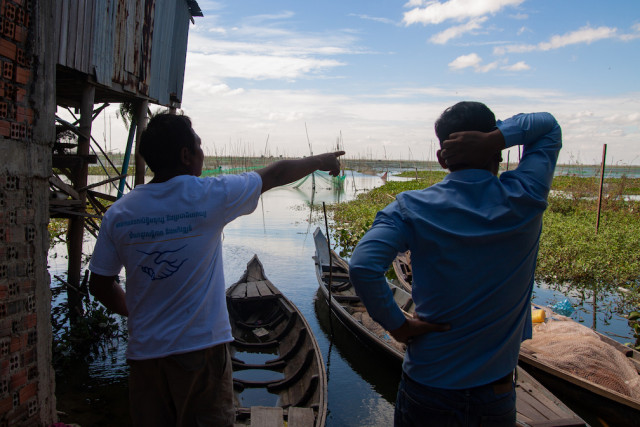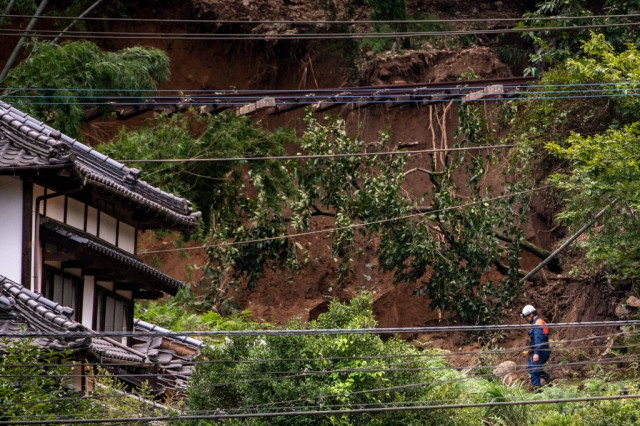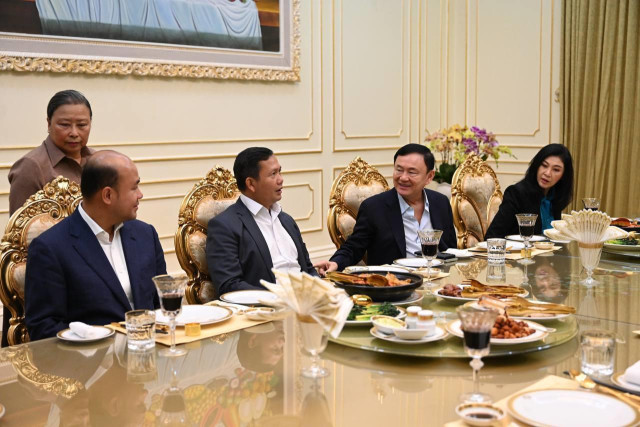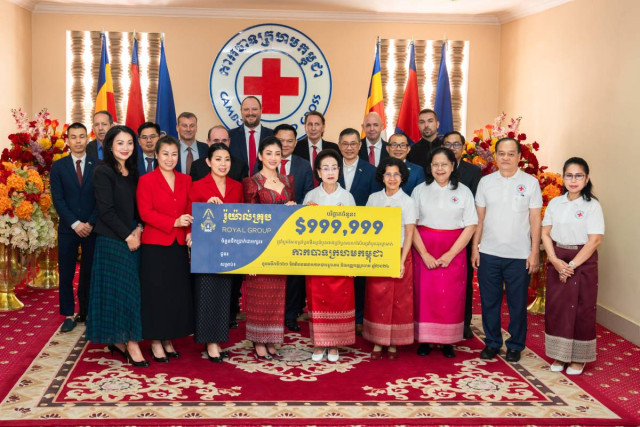Khmer New Year: Things to Know about Cambodia’s Largest Festival

- By Kheav Moro Kort
- April 13, 2024 8:30 AM
PHNOM PENH – Cambodia has multiple new year celebrations but none is as important as Khmer New Year.
Khmer New Year or Choul Chnam Thmey or Maha Sankranta is the greatest Cambodian festival. It is the traditional celebration of the solar new year which is usually celebrated for three days starting from April 13 or 14, the end of the harvest season.
This year, the celebration spans four days from Apr. 13 and gives families a chance to come together after spending time away working or studying.
The determination of month, day, hour and minute when the new deity or angel descends to replace the position of the old year deity can be known by using an ancient astrological rule.
Apr. 13: Maha Songkranta
According to the traditional records, the angel Mohor Thak Rea Tevi, the seventh daughter of the King of Heaven Kabil Moha Prum will arrive on a peacock at 10:24 pm on Apr. 13.
The angel is dressed in blue and eats a type of antelope meat.
On the first day of Khmer New Year, people must prepare a table full of fruit, drinks, flowers and other items following the rules as offerings to the new angel because people believe that she will come for nourishment and give them back blessings for a whole year.
People also go to the pagoda to offer food to the monks. In the evening, people invite the monks to preach or give a sermon to Buddhists as drinks are served to the preachers.
Apr. 14 and 15: Veareak Vanabat
The second day of Khmer New Year is known as Vearak Vanabat which means the day of offerings to parents and relatives. Usually, on that day, Cambodian people like to give gifts and presents to employees and donate necessities like money, clothes and food to poor people.
In the afternoon, people go to the pagoda to mound sand into a dune (considered a stupa or tomb which represents the Chulamni Stupa) and pray while inviting the monks to send blessings to the spirits of deceased relatives
Apr. 16: Veareak Laeung Sak
The final day of the New Year is Veareak Laeung Sak. In the morning, people go to the pagoda to perform the ceremony of the mountain of sand to get blessed. Monks will cross the sand mountain or dunes by breaking the sand for other uses.
In the evening, people perform another ceremony, which is Pithi Srang Preah (Budda bathing). People give a special bath or shower to Buddha statues, the monks, the elders, and parents to apologize for any mistakes that have been made and to get forgiveness and blessings from them.















